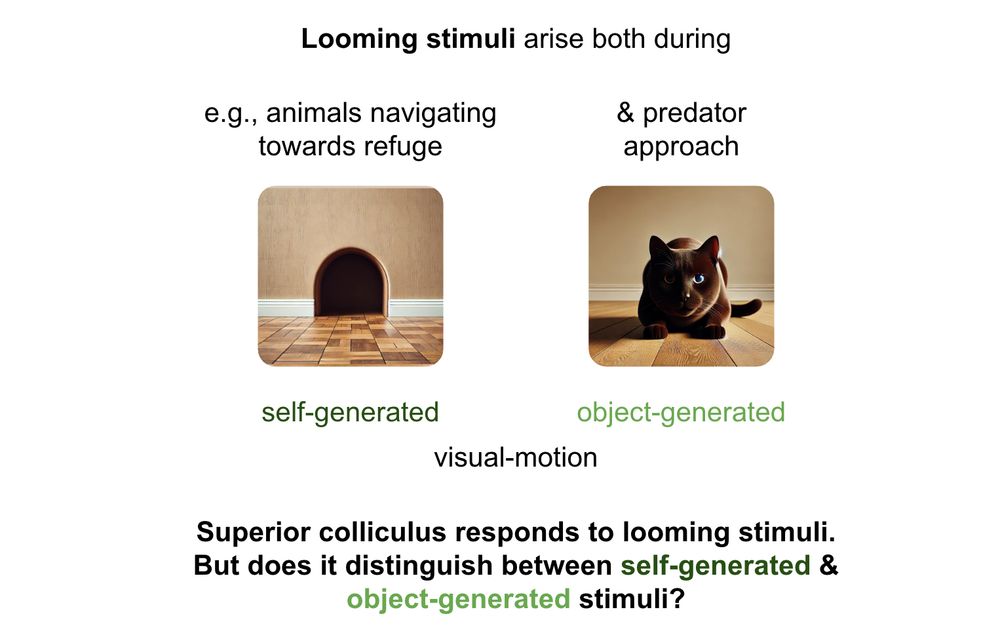Marine Schimel
@marineschimel.bsky.social
74 followers
85 following
7 posts
Postdoctoral researcher in Computational Neuroscience @Stanford
Posts
Media
Videos
Starter Packs
Reposted by Marine Schimel
Marine Schimel
@marineschimel.bsky.social
· Jan 31
Marine Schimel
@marineschimel.bsky.social
· Jan 31
Marine Schimel
@marineschimel.bsky.social
· Jan 31
Marine Schimel
@marineschimel.bsky.social
· Jan 31
Marine Schimel
@marineschimel.bsky.social
· Jan 31

Dynamic consensus-building between neocortical areas via long-range connections
The neocortex is organized into functionally specialized areas. While the functions and underlying neural circuitry of individual neocortical areas are well studied, it is unclear how these regions op...
www.biorxiv.org


